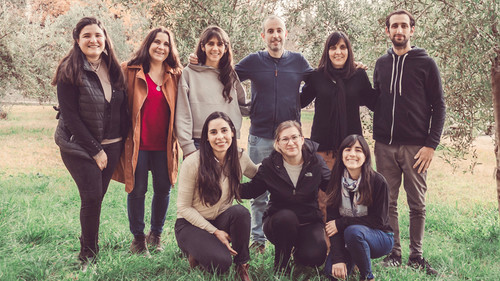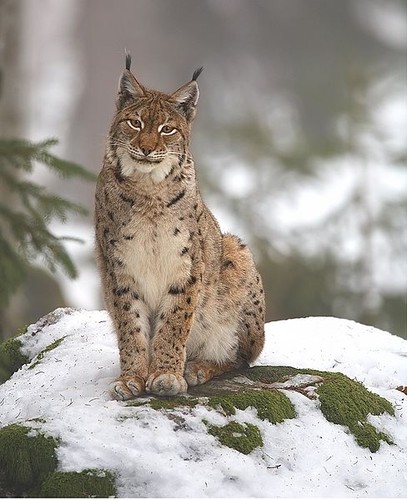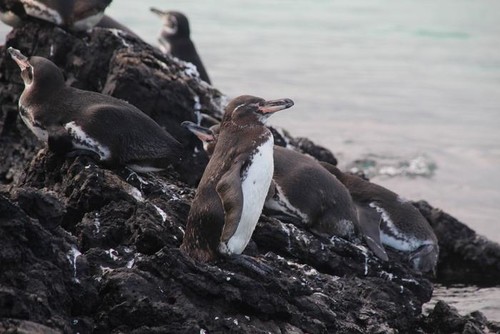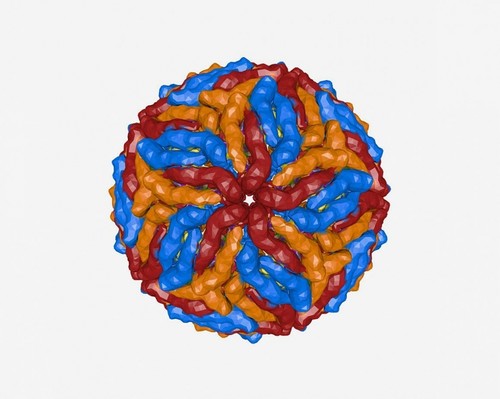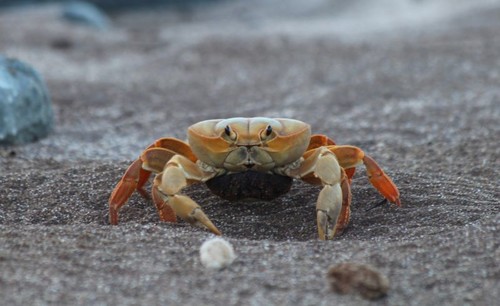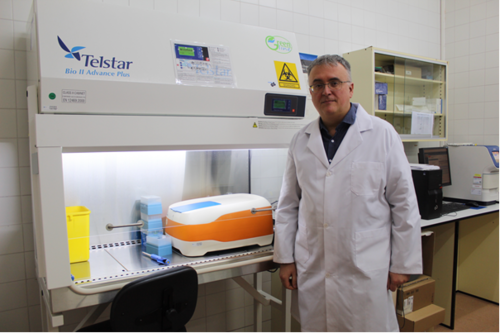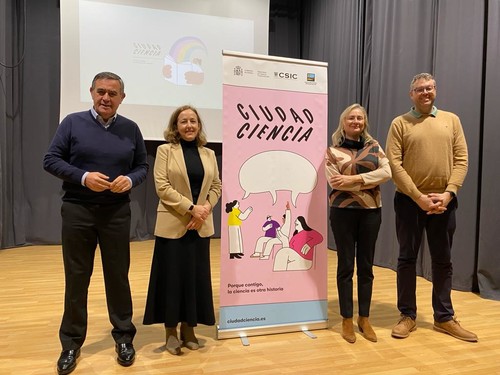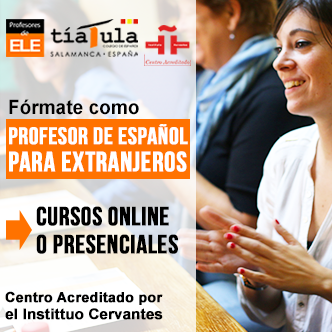Desarrollan una metodología ecológica para detectar la presencia de productos farmacéuticos en cultivos vegetales
|
Un equipo de especialistas del CONICET en el Instituto de Biología Agrícola de Mendoza (IBAM, CONICET-UNCUYO) desarrolló una innovadora metodología para el análisis y extracción de contaminantes en cultivos vegetales, basada en el uso de solventes eutécticos profundos naturales, (NADES, por sus siglas en inglés). La técnica, más rápida, sensible y ecológica que las basadas en solventes químicos tradicionales, dado que involucra únicamente componentes de origen natural y no tóxico, como azúcares, alcoholes, aminoácidos y ácidos orgánicos, fue utilizada para extraer ibuprofeno en muestras de lechuga baby. |
